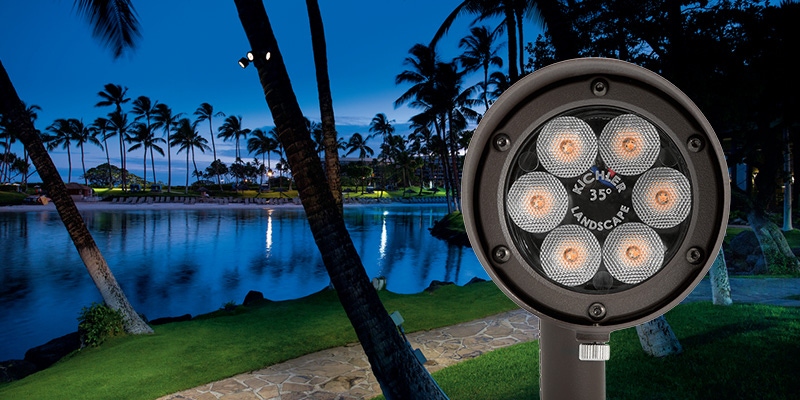Always Here for You.
Lighting Warehouse offers direct support to customers. We always have your back.

FEATURED ARTICLE
Published: 9/6/2022
Since LEDs gained traction in the 2000s, the case of integrated LED fixtures vs. drop-in LED lamps has been a brewing topic among lighting professionals. The truth is: it depends. Several components muscle in on the issue that leave the solution to be purely situation based, especially since both drop-ins and integrated fixtures have their own inherent advantages and disadvantages. Let’s examine five factors you should consider when deciding on which type best suits your needs and budget.
As a business owner, cost management should consistently plant at the forefront of your business plan. With that in mind, integrated fixtures tend to present a higher upfront price tag compared to their drop-in counterparts for a couple of reasons, one being their novelty to the market. Initial price difference aside, integrated fixtures are more costly to maintain and replace as their complexities entail significantly longer repair times if an issue arises.

Arguably the most important factor to consider—even more so than cost—is the lighting application. For one thing, if your lighting installations occur near or in the ocean or other large bodies of water, integrated models are the optimal route to travel. Excess moisture and salt water can potentially affect the luminaire in marine locations. Fully potted integrated LEDs minimize entry points for moisture to enter internal components in any aquatic situation. For most downlighting applications and well lights, drop-ins are usually preferred as both scenarios would become difficult to repair and replace if the fixture were integrated. Drop-ins can be easily replaced without having to dismantle the fixture in its entirety, leaving you to juggle more projects to increase your bottom line.
Many landscape lighting companies include maintenance services in their installations as added bonuses, prompting lighting professionals to implement a system that can be serviced both efficiently and economically. Since integrated bulbs are more challenging to access—or, in the case of fully potted applications, completely inaccessible—maintaining them is a greater inconvenience. Most contractors can fully stock their vans with replacement lamps, side-stepping continual trips to their supplier or shipping an entire light fixture to the manufacturer to wait for a replacement. By using drop-in lamps, contractors can get clients’ systems back in working order quicker and at a lower cost.
While some integrated LEDs offer upgrades and adjustments to the luminaire, most are sold as-is with little to no options for upgrades in the future. Most halogen fixtures can be retrofitted with LEDs, giving drop-ins an edge for a huge chunk of the landscape lighting market. This allows contractors to upgrade a client’s antiquated system without starting completely from square one. Drop-in LED technology is improving in piecemeal every year, making lamps routinely upgradable or as replacement is demanded. Integrated fixtures would most likely have to be entirely replaced in order to upgrade the lighting system.
Control is the future of LEDs. If you aim to provide your clients with customized fixture turning and changes in scene capability, an integrated system is your best bet. Color changing options and concentrated control are best observed on a totally integrated system offered by the manufacturers. While subordinate controls, such as zone control and dimming, can be tacked onto traditional systems that utilize drop-in LEDs, they still have limitations along with the additional incremental costs.
Installing systems with extensive warranties is a reliable strategy to guarantee the longevity of a client’s investment. Drop-in LEDs often signal a quick, efficient warranty process since just the bulb is being replaced. Most suppliers stock their shelves with ample drop-in LEDs with a decent selection of beam angles, wattages, and temperatures as a means of satisfying rushed timeframes. This makes failed LED repairs easy to address at the time of visit without additional trips to the jobsite. Warranty is specific to each manufacturer and lamp type, so it’s important to find a manufacturer’s warranty process that is both fast and efficient.
As you can see, both integrated and drop-ins are weighed by plusses and minuses, and it’s in you and your business’s best interest to grow acquainted with each type. Since both include LED bulbs, both options have the capacity to generate a hefty ROI.
If you require further information regarding integrated and drop-in outdoor fixtures, a ready and willing Customer Service representative is available to set you in the right direction.
